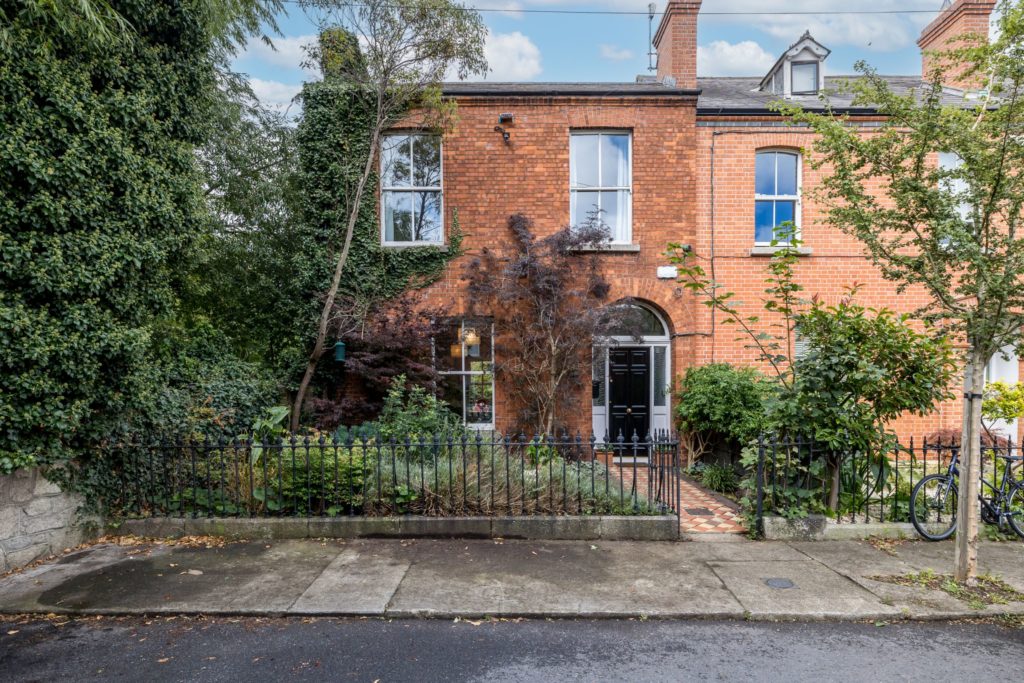With the autumn selling season in full swing, what are the trends we are seeing in the Dublin residential market? Unquestionably, the market cooled in September in terms of price inflation, but only if compared to the frenzied first six months of 2022, especially the second quarter, when the stock of properties for sale fell to a historic low and it was a seller’s market. A cooler market is not surprising given the current headwinds, which include the cost of living crisis, economic uncertainty, and now rising interest rates. A moderation in price inflation is to be welcomed as the increase in property prices over the last two years was simply unsustainable.
As always, different price tiers are performing very differently. There is very strong activity up to €400,000 where first-time buyers are most active and they account for 68% of our owner occupier buyers. To give an example, we recently listed a two bedroom apartment at 23 Bishopsmede for €340,000 which was agreed 20% above asking with multiple bids from first time buyers. There has been a pick-up in demand from investors (28% of our buyers compared to 25% in Q2) seeking a hedge against inflation and an asset more stable than the stock market, but only for properties that are not rent capped.
Houses in turn-key condition and close to amenities are still in high demand and are selling well, once priced accurately. 22 people viewed a renovated house at 8 Dolphin Avenue in central Dublin at the first open viewing two weeks ago and currently four parties are bidding on it above asking. Houses requiring refurbishment are more challenging to sell, and that’s not surprising given the surge in renovation costs over the last two years.
The main reason the market has cooled is the increase in supply of properties coming to market. According to data from MyHome.ie, in March this year nationally there were 11,233 properties for sale. Last week that figure increased to over 16,000, a 30% increase in six months. So as buyers have more choice and demand has slightly reduced due to increasing interest rates as some buyers take a wait and see approach, selling times are taking longer, fall through rates have increased and the variance between asking and selling prices on our transactions has reduced from +7.9% in April to +4% in September. However, 80% of our listings are still selling above our average asking price, which is €614,423.
This year more than half of our buyers are buying with cash, many of whom won’t be influenced by rising interest rates. A lot of these buyers are seeking bases in Dublin for their families or college going children given how dysfunctional the rental market is. 20% of our buyers in the last 12 months were second home buyers.
In the rental sector, the crisis continues to deepen. In Q3 our average monthly rent was €2,616 compared to €2,107 this time last year. The supply of available rentals continues to deplete as landlords continue to exit the market; they account for more than half of our sellers this year. There are ten tenants for most properties and we no longer list our rentals on property portals given the huge level of enquiries preferring to rely on our own database and marketing. The government’s budget offered no real incentive for landlords to remain in the market. One wonders, are they really paying attention to the data!
Our typical tenant is 33 years of age, European, on a salary of €90,000 and working in technology. 50% of our tenants are working in the technology sector with demand being led by new employees of Amazon, Salesforce and Tik Tok. We don’t believe any slowdown in the technology sector will impact the rental market whatsoever, though it could relieve the pressure a little.
Inflation in the cost of construction and rising interest rates could not have combined at a worse time. This will significantly and negatively impact housing output over the next three years including build to rent apartment developments, many of which will not be viable. It is likely new housing output will fall well below what is required and the estimated 25,000 new homes that will be built this year won’t be exceeded in the next couple of years. Most economists and housing experts suggest we need 35,000 new builds per year, others suggest we require 50,000 new homes per year based on population growth predictions.
So what are the prospects for the rest of the year? We remain very optimistic for Q4. It is likely there will be more equilibrium between buyers and sellers, accurate pricing by sellers and their agents will be paramount. At the start of the summer we felt that the current cycle had legs given the low supply, low interest rates and very strong demand. Demand is still robust, but other fundamentals have now shifted. Rising mortgage rates are affecting purchasing power, meaning some buyers are now actively searching for lower priced homes. We believe activity will remain strong and there will be good news for buyers as price inflation continues to slow and more choice available. With increased supply transaction numbers could return to pre pandemic levels. Next year is really impossible to call given the variables!
We have also released our Q3 market report on the prime Dublin residential market. For more details on the market activity read our full report here.



.png)

%201.png)

